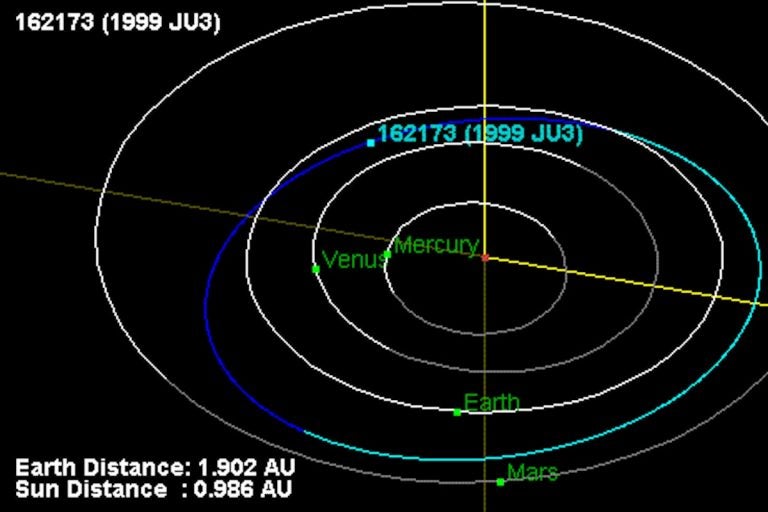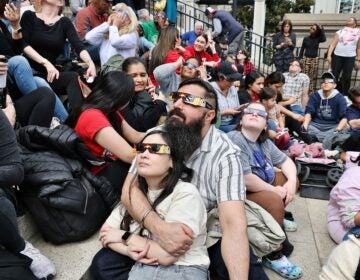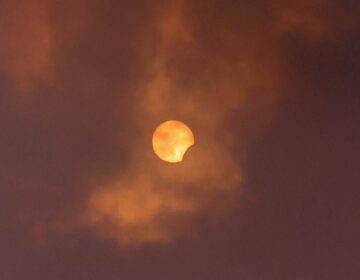Reaching Ryugu
Listen 07:23
Orbit position of the asteroid 162173 Ryugu on June 30, 2018 (NASA)
Japan’s Hayabusa 2 spacecraft arrives at asteroid Ryugu on Wednesday, beginning a string of encounters including fly-bys, landings (3 rovers and a lander!!), sample acquisition and Earth return. Hayabusa 2 left Earth in 2014 and traveled 180 million miles to catch the 3,000 foot wide asteroid.
This object is a member of the carbon-rich C-type asteroid family. Scientists believe these objects contain material that has remained undisturbed since the formation of the solar system. Thus, it’s something scientists would really like to study when it hasn’t been super-heated while falling to Earth.
Hayabusa 2 won’t enter the orbit of Ryugu. After shutting down its ion engines several weeks ago, the craft has used maneuvering thrusters to chart a zig-zag pattern as it closes in on Ryugu. After scanning for debris in the space around the asteroid, Hayabusa 2 has taken up station 12 miles (20 kilometers) above the surface.
JAXA plans to take high-resolution photos and gravitational readings over the coming months. After charting the surface, Hayabusa 2 will attempt as many as three brief landings. The team hopes to collect at least one gram of material from the surface of Ryugu. The first attempt will occur in October of this year, and another could happen as soon as February 2019. Hayabusa 2 also carries a small impactor, which should be able to produce a crater. The team may choose to land a third time inside that crater to collect a sample.
Analysis of stars seen beyond what was thought to be the edge of our Milky Way show a chemical composition strikingly similar to that of stars within the galaxy.
This leads to the suggestion that the Milky Way is actually much larger than previously thought – 200k light years across instead of 100 to 160k.
This is not the first time galactic size has been revised. Measurements of the mass of our visible cousin galaxy Andromeda indicate it’s less massive than previously determined, and seems to be about the same mass as the Milky Way.
WHYY is your source for fact-based, in-depth journalism and information. As a nonprofit organization, we rely on financial support from readers like you. Please give today.




